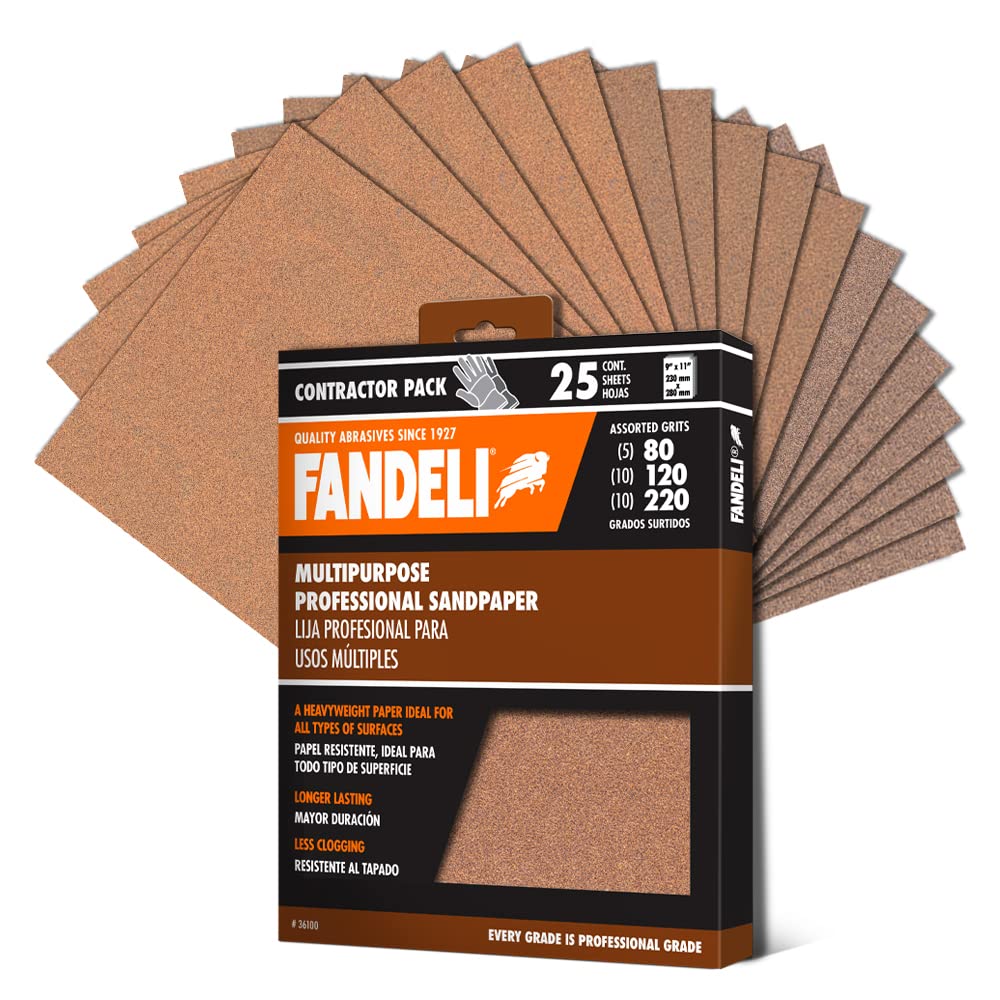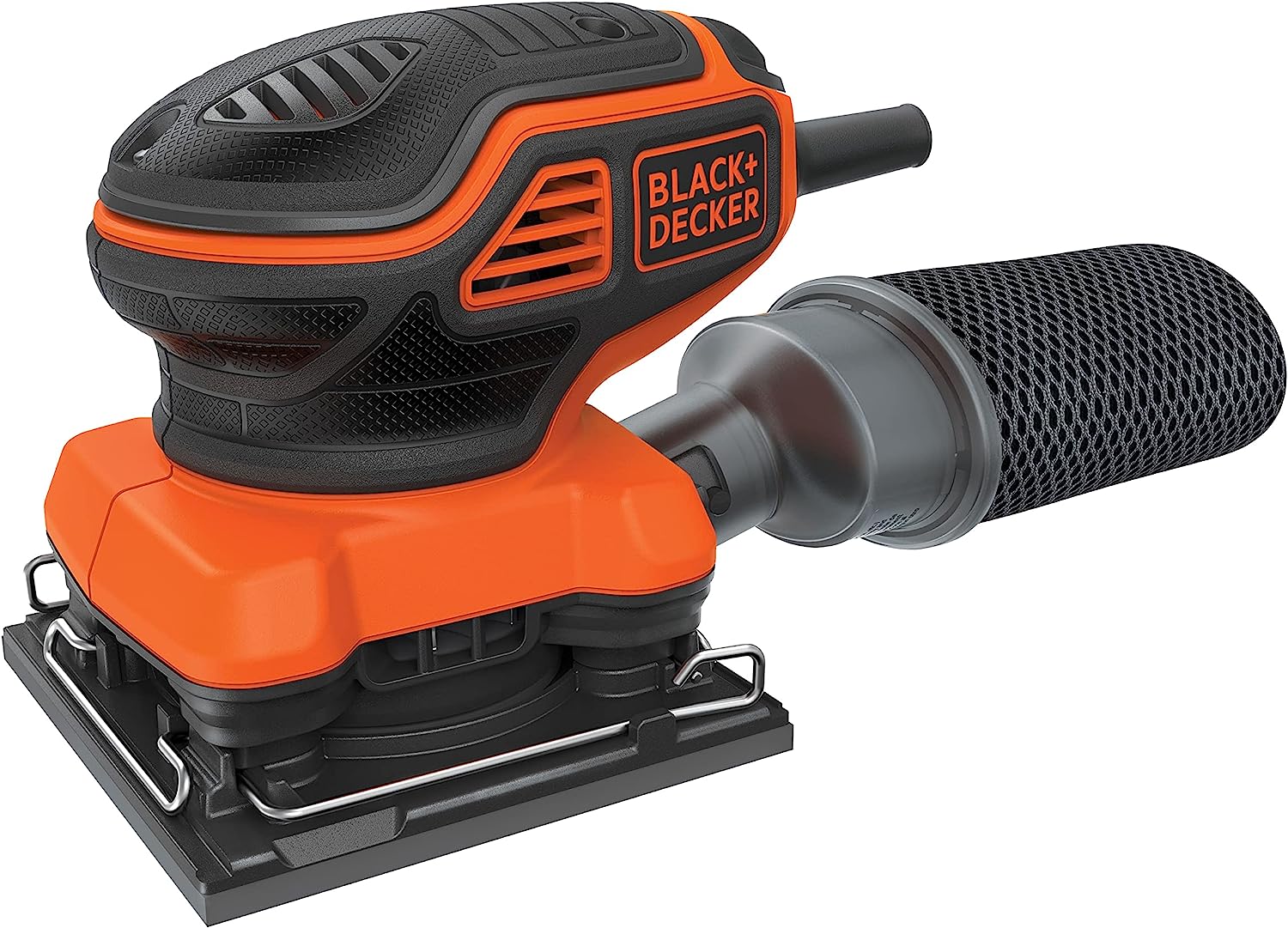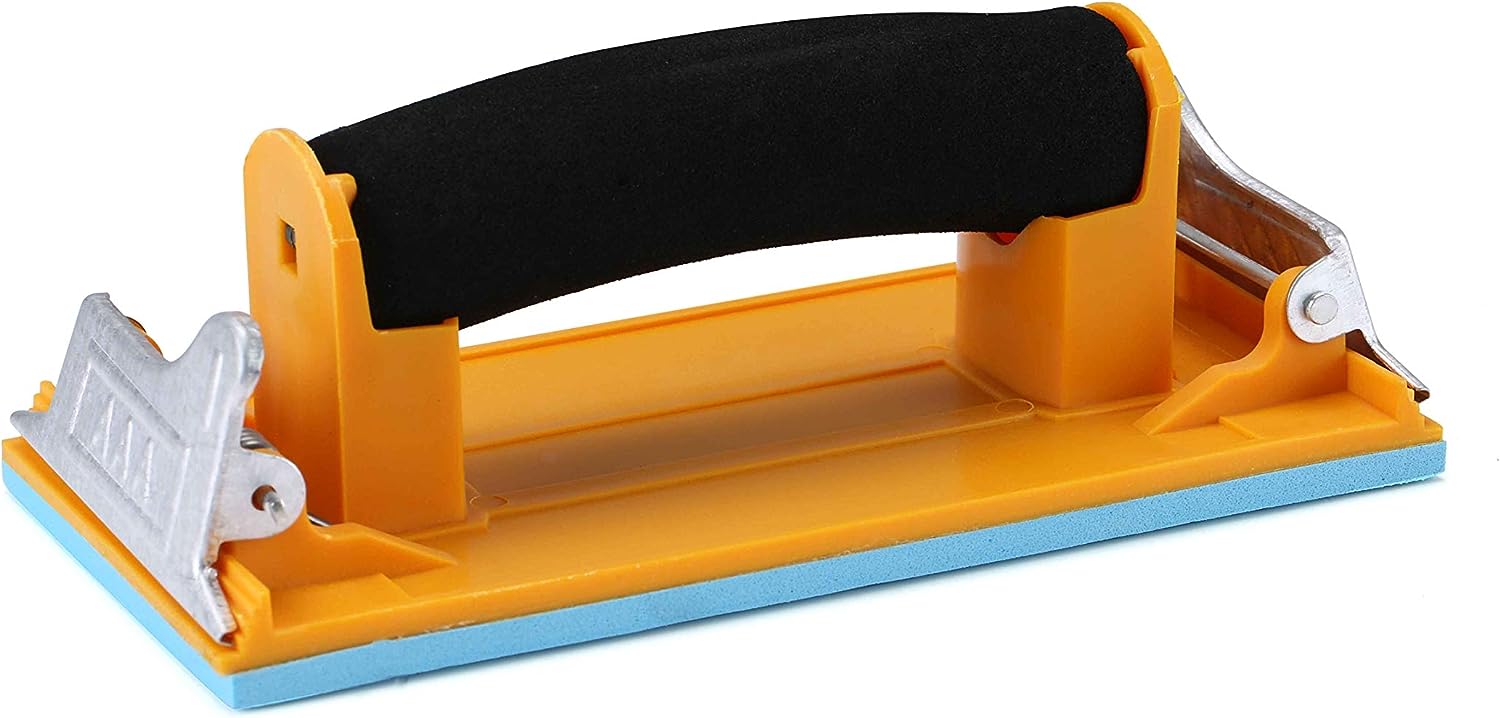Factors to Consider When Choosing Sandpaper for Furniture
When it comes to refinishing or restoring furniture, sanding is an essential step in the process. Sanding helps to smooth out imperfections, remove old finishes, and prepare the surface for painting or staining. However, choosing the right sandpaper for the job can make a significant difference in the final result. With a wide variety of sandpaper options available in the market, it can be overwhelming to determine which one is best suited for your furniture project. In this article, we will explore the factors to consider when choosing sandpaper for furniture, including the different types of sandpaper, grit sizes, and the specific needs of your project.
Types of Sandpaper
Before diving into the factors to consider, it is important to understand the different types of sandpaper available. Each type has its own unique characteristics and is designed for specific applications. Here are some of the most common types of sandpaper:
- Abrasive Paper: Also known as sandpaper, abrasive paper is made up of a backing material coated with abrasive particles. It is available in various grit sizes and is suitable for a wide range of applications.
- Emery Paper: Emery paper is a type of abrasive paper that is coated with emery, a natural abrasive material. It is commonly used for metalworking and polishing applications.
- Silicon Carbide Sandpaper: Silicon carbide sandpaper is known for its sharp cutting edges and is ideal for sanding hard materials such as metal, glass, and ceramics.
- Aluminum Oxide Sandpaper: Aluminum oxide sandpaper is durable and versatile, making it suitable for both wood and metal sanding applications.
- Garnet Sandpaper: Garnet sandpaper is a natural abrasive that is commonly used for woodworking projects. It is gentle on the surface and produces a smooth finish.
- Wet Dry Sandpaper: Wet dry sandpaper is designed to be used with water or oil, making it suitable for both wet and dry sanding applications. It is commonly used for automotive and metalworking projects.
The Best Sandpaper for Furniture

Fandeli Multi-Purpose Sanding Paper

BLACK+DECKER 2.0 Amp Electric 1/4 Sheet Orbit Sander

Aouker HS85180 Hand Sander
Grit Sizes
Another important factor to consider when choosing sandpaper for furniture is the grit size. Grit size refers to the coarseness or fineness of the abrasive particles on the sandpaper. The grit size determines how much material the sandpaper will remove and the smoothness of the finish. Sandpaper is available in a wide range of grit sizes, from coarse to fine. Here are some common grit sizes and their recommended uses:
- Coarse Grit Sandpaper (40-60 grit): Coarse grit sandpaper is used for heavy material removal, such as stripping old finishes or removing deep scratches.
- Medium Grit Sandpaper (80-120 grit): Medium grit sandpaper is ideal for general sanding and smoothing out rough surfaces.
- Fine Grit Sandpaper (150-180 grit): Fine grit sandpaper is used for light sanding and preparing the surface for painting or staining.
- Extra Fine Grit Sandpaper (220-240 grit): Extra fine grit sandpaper is used for final sanding and achieving a smooth, polished finish.
It is important to note that the grit sizes may vary slightly depending on the manufacturer. It is always a good idea to refer to the manufacturer’s recommendations for the specific sandpaper you are using.
Specific Needs of Your Project
When choosing sandpaper for furniture, it is crucial to consider the specific needs of your project. Different types of furniture may require different sandpaper options based on the material, condition, and desired finish. Here are some factors to consider:
- Wood Sanding Paper: If you are working with wooden furniture, it is important to choose sandpaper that is suitable for wood. Garnet sandpaper is a popular choice for wood sanding as it is gentle on the surface and produces a smooth finish.
- Metal Sanding Paper: For metal furniture or metal parts of furniture, sandpaper with a higher grit size and a more durable abrasive material such as aluminum oxide or silicon carbide is recommended.
- Wet Dry Sandpaper: If you are working on a project that requires wet sanding, such as automotive or metalworking projects, wet dry sandpaper is the best option. It is designed to be used with water or oil and can withstand the moisture.
- Sanding Blocks: In addition to choosing the right sandpaper, using a sanding block can help to achieve a more even and consistent sanding result. Sanding blocks provide a flat surface and help to distribute the pressure evenly.
Conclusion
Choosing the right sandpaper for furniture is essential to achieve a smooth and professional finish. By considering the different types of sandpaper, grit sizes, and the specific needs of your project, you can make an informed decision and ensure the best results. Whether you are refinishing a wooden table or restoring a metal chair, selecting the appropriate sandpaper will help you achieve your desired outcome. Remember to always follow the manufacturer’s recommendations and take proper safety precautions when working with sandpaper. With the right sandpaper and proper technique, you can transform your furniture into a beautiful and refreshed piece.



















